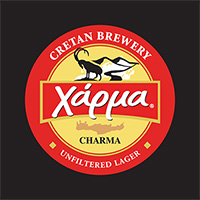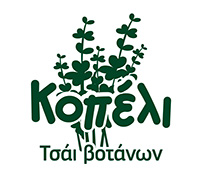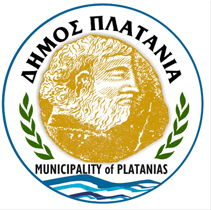Presentation of Samaria Gorge
Samaria gorge is the largest in Europe, of 18 km total length and the width ranges from 150 to 3 meters at its narrowest point, the “Doors”. It was proclaimed a national park in 1962 to protect its rare flora and fauna. In 1980, it awarded by the Council of Europe as one of the most beautiful areas in Europe. Thanks to the wild and precipitous form, it is the only place that still lives the "beast", as the locals call the Cretan chamois. There are additionally many rare species of birds and along the gorge grow many rare herbs and wild flowers.
The Xiloskalo, the entrance of the gorge, is at an altitude of 1250 m, is a narrow path with wooden handrail for convenience and protection of those who descend into the gorge. Going down the path the visitor is surrounded by towering mountains.
After 30 minute walk, a small change in the landscape. We meet the church of St. Nicholas, surrounded by huge cypresses. Here is the deepest point of the gorge and surrounding mountains rise up to 2,000 meters. Then the route changes and becomes smoother. Other smaller canyons are united with Samaria. The valley begins to become wider and the water suddenly disappears into the earth.
In the middle of the gorge is the village of Samaria, now uninhabited, as the woodcutters and shepherds who used live here, moved elsewhere when it became a National Park in 1962.
In the Byzantine church of the 14th century located in the village, there exist many icons and frescos. It is dedicated to Maria the Egyptian, whose name was “Sia Maria”, which became “Samaria” and finally gave its name to the entire region. In the spring, the village is the ideal place for a rest and a snack.
Further on, the landscape changes again. The narrow canyon walls and towering rocks come closer. Just before the “doors”, there is a plateau and a creek running to stand and quench the thirst of the visitors













